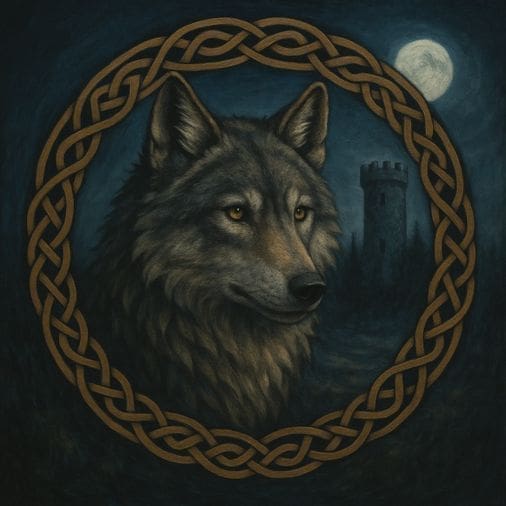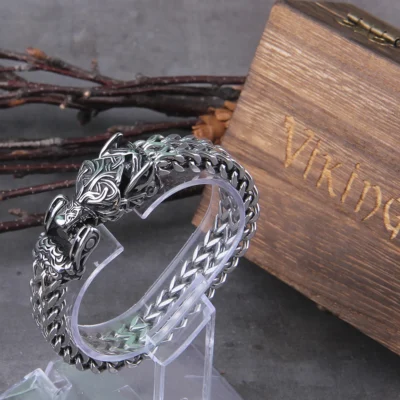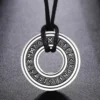
Introduction – Strength in the Wild
Medieval wolf symbolism carried powerful meaning in a world shaped by danger and faith. Wolves represented courage, fear, and guardianship, while knotwork patterns offered protection and eternal unity. Together, they formed enduring medieval symbols of strength that still inspire gothic and heritage design today.
Medieval Wolf Symbolism in Folklore and Belief
In the Middle Ages, wolves were both feared and respected. Villagers saw them as threats to livestock, yet also as symbols of bravery and resilience.
- Strength and Courage: Knights likened themselves to wolves in battle.
- Guardianship: Wolves stood at the threshold of forest and civilisation, representing liminal power.
- Christian Allegory: Preachers described spiritual “wolves” as symbols of sin and temptation.
Medieval wolf symbolism revealed a balance between fear of the wild and admiration for strength.
The Protective Power of Knotwork
Intricate knotwork appeared in jewellery, manuscripts, and carvings. Loops without end symbolised eternity and divine order. Knots were also practical charms, believed to trap malevolent spirits or bind misfortune.
- Binding Evil: Knots prevented curses from entering the home.
- Community: Interwoven designs symbolised unity and loyalty.
- Protection: Embroidered knots and amulets were carried for safety.
For medieval households, knots were more than decoration — they were living symbols of protection.
Wolves and Knots Together
When wolves appeared within knotwork patterns, their combined meaning grew stronger. Wolves provided courage, while knots symbolised eternal guardianship. Jewellery or carvings with these designs were believed to offer both physical and spiritual protection.
This union of wolf and knotwork created one of the most enduring forms of medieval wolf symbolism.
Medieval Protection Practices
Symbols were not confined to art alone. People used them daily:
- Wolf amulets for courage and bravery.
- Knotwork carvings over doorways to ward off evil.
- Jewellery entwining wolves and knots as talismans of protection.
These rituals reveal how deeply symbolism shaped medieval life.
From the Middle Ages to Today
Medieval wolf symbolism still resonates today. Wolves embody loyalty, courage, and freedom, while knotwork remains popular in jewellery and gothic design. Together they remind us of how medieval people sought strength in symbols, balancing fear of the wild with hope for protection.
Linking Past to Present
At Histories & Castles, this legacy endures in our Viking and Medieval-inspired jewellery. Wolf motifs and knotwork charms continue to represent power, guardianship, and eternal unity, just as they did centuries ago.
Conclusion – Strength Bound in Symbol
Medieval wolf symbolism, combined with knotwork, expressed courage, loyalty, and protection. These designs embodied the medieval struggle to survive and to find strength in meaning. Their legacy endures in modern jewellery, gothic art, and Halloween tradition, where symbols of power and guardianship remain as compelling as ever.







